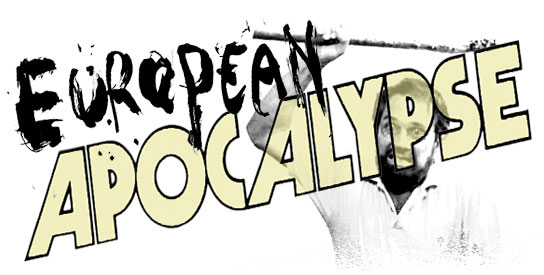 I spent most of my childhood in the Netherlands. It was a great place to grow up, and I still miss it even after twelve years since leaving. In all the time I spent in the Netherlands, I don’t remember ever seeing a Dutch horror film. Perhaps it was do with Dutch ideologies of sex and violence. In the Netherlands, I remember sex and nudity did not impact much on a film’s rating, whereas violence would generally lead to a film receiving the Dutch equivalent of an R rating. Despite my love of horror films, I definitely agree that violence should receive stricter ratings than nudity and sex (as long as censorship is avoided). I recently stumbled across Necrophobia – a Dutch film described as a “psychological horror”. Suffice to say, I jumped at the opportunity to watch it.
I spent most of my childhood in the Netherlands. It was a great place to grow up, and I still miss it even after twelve years since leaving. In all the time I spent in the Netherlands, I don’t remember ever seeing a Dutch horror film. Perhaps it was do with Dutch ideologies of sex and violence. In the Netherlands, I remember sex and nudity did not impact much on a film’s rating, whereas violence would generally lead to a film receiving the Dutch equivalent of an R rating. Despite my love of horror films, I definitely agree that violence should receive stricter ratings than nudity and sex (as long as censorship is avoided). I recently stumbled across Necrophobia – a Dutch film described as a “psychological horror”. Suffice to say, I jumped at the opportunity to watch it.
NECROPHOBIA
Netherlands, 1995, Frank van Geloven/Edwin Visser
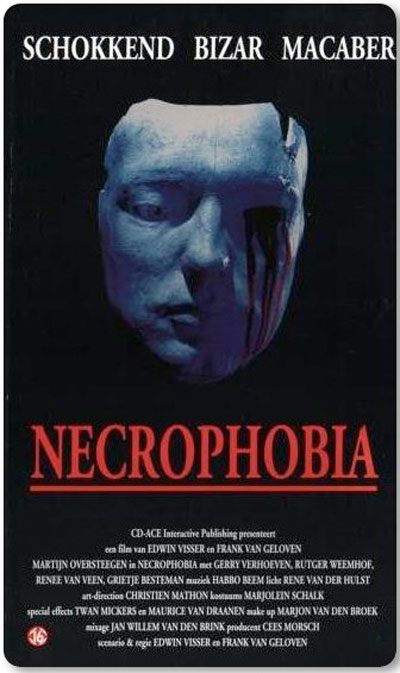
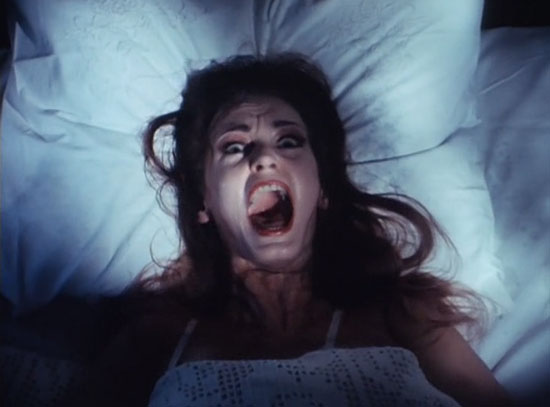
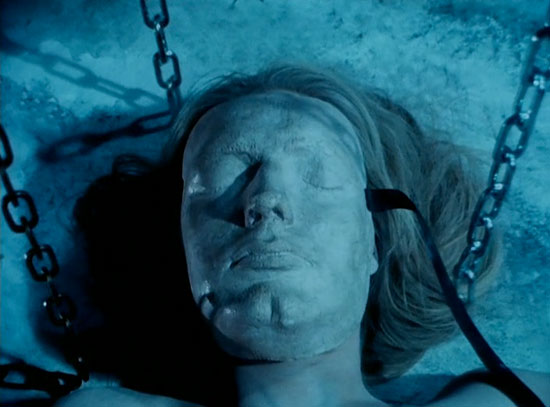
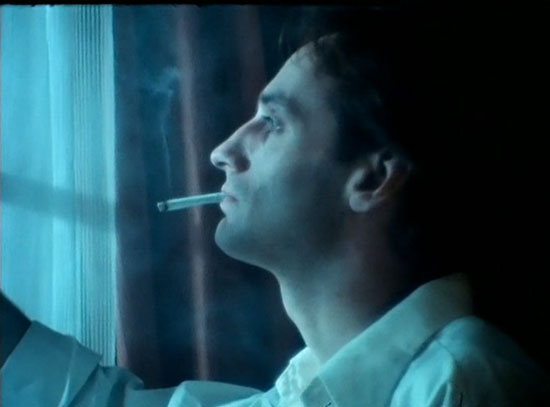
It surprises me that there is so little about Necrophobia lurking about on the internet. There’s a few reviews here and there, but, for such a rare treat from the Netherlands, it’s a miniscule amount of attention. Necrophobia is made with a clear passion for the horror genre, despite the fact that it often does not feel like a horror film. Sure, there’s blood splashing around and some quite impressive scenes of gore, but the focus of this film is on mourning and the terror of death and dead bodies. There are some genuinely unsettling moments in this film and its depiction of grief is surprisingly real and very grim. Structuring the film around the parallel plights of the film’s lead characters – Mark and Colette – and their conflicting methods of dealing with the death of their partners works nicely and leads to an impressive conclusion in which their two stories crash together.
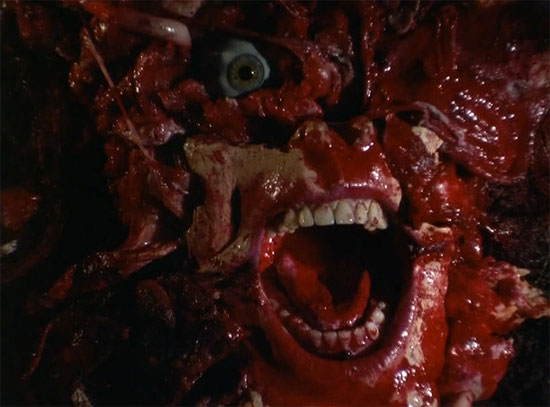
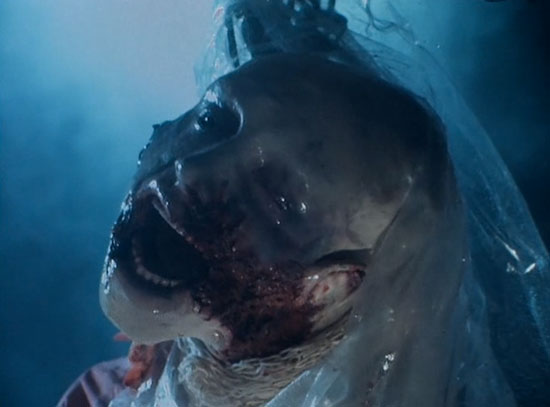
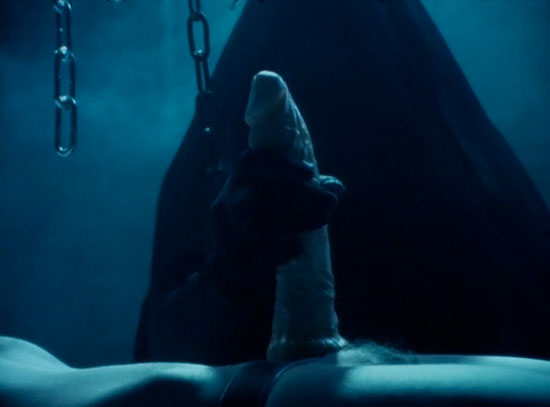
Directors Frank van Geloven and Edwin Visser (who, according to IMDB, have only one other film to their name – 2006’s much more widely seen Sl8n8 aka Slaughter Night) lay on the style a little thick at times, but I must say, I was mostly impressed with the film’s slick look. The Dutch tilts were a little overused – however, the film generally keeps a consistently dark and moody style that does wonders in covering up the film’s small budget. The style (and tone too) reminded me a lot of Soavi’s Dellamorte Dellamore (made in 1994, a year before Necrophobia) – and, as Dellamorte Dellamore is one of my favourite movies of all time, that’s a good thing. Visser and van Geloven know when to throw a little red on the screen and shoot the death scenes with gleeful abandon. Even though these animated deaths clash with the film’s bleak storyline, I appreciated the contrast. Visser and van Geloven even manage the impossible by throwing in a fun reference to Fulci and Frizzi without forcing me to roll my eyes:
Necrophobia deserves more exposure. It is a thoughtful and reasonably intelligent horror film. Necrophobia presents confronting concepts with some impressively disturbing scenes – a sex scene shown in flashback, which I sadly can’t describe in fear of ruining the film, is horrifying – but it also knows when to toss cartoonish grue in the audience’s face to keep the gore-hound in us all satisfied. I highly recommend seeking out Necrophobia to see what the Netherlands has to offer the genre.




